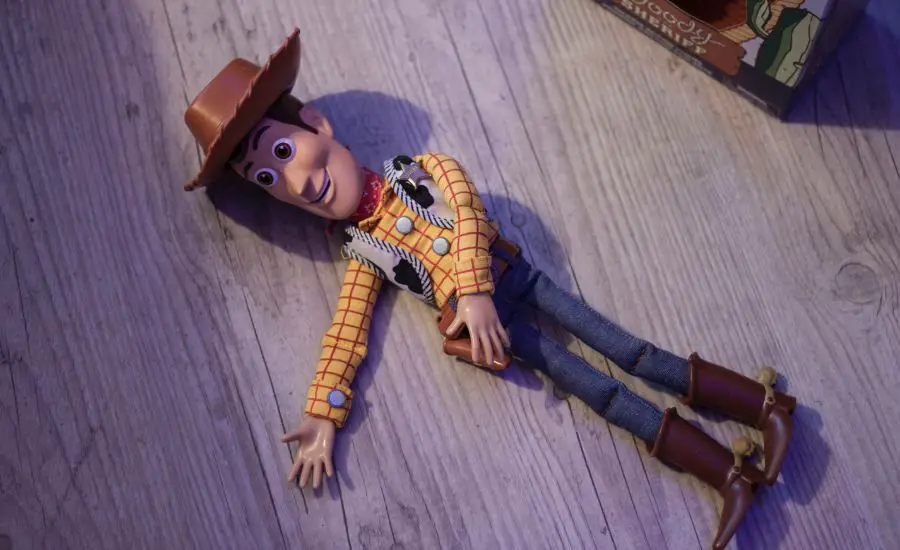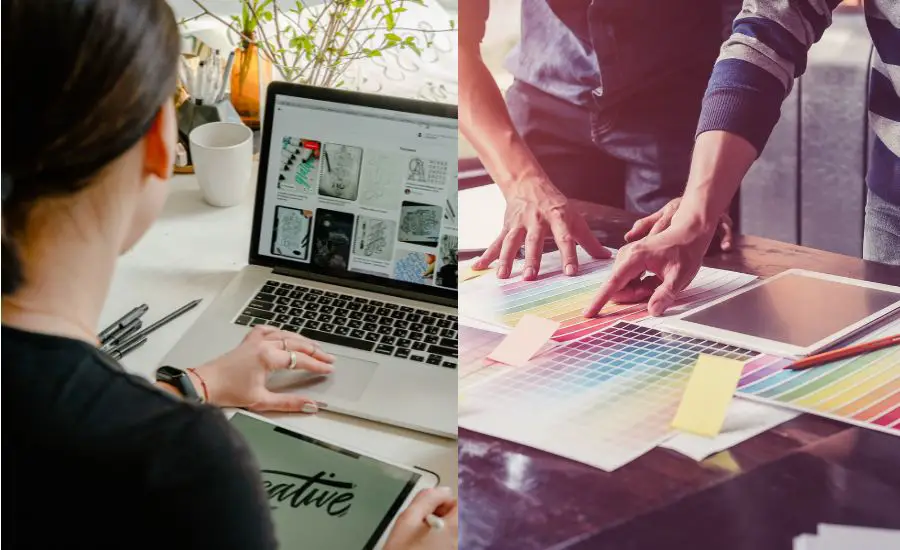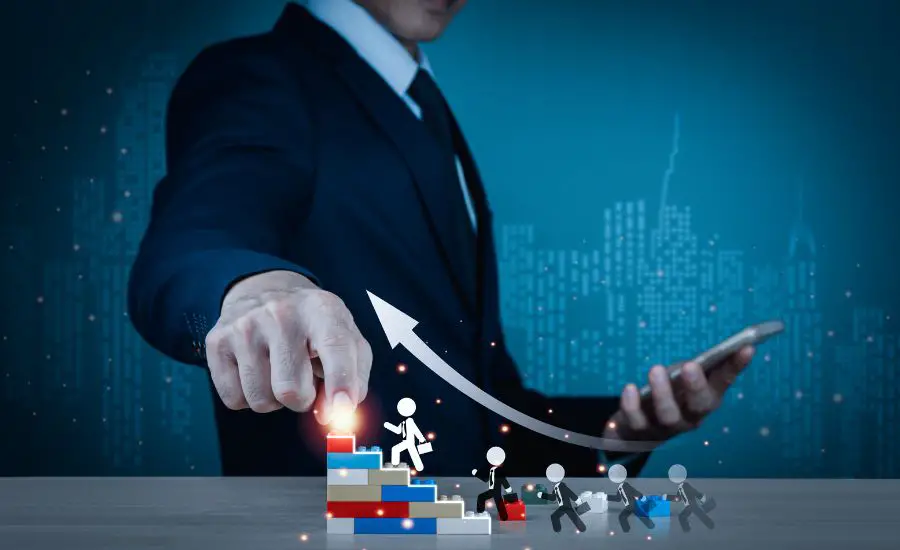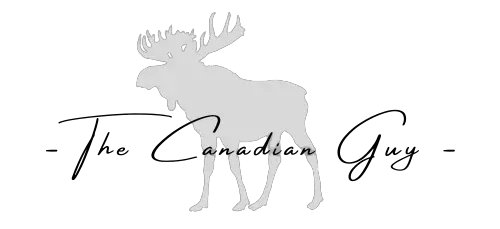What Is The Difference Between Graphic Designing And Animation?
In the 21st century where every single technology moving towards digital world, it is hard to differentiate and choose the best one for your career or even learning that skill.
Today, through this detailed guide, I will give an overview and some in-depth information about graphic designing and animation to make your decision making process easier. So, without any further a do, Let’s dive in to the world of modern art industry.
Also, I recently shared this article on “How To Make Six Figure As A Graphic Designer?” that can help you kick start a new journey.
What Is Graphic Designing?
Graphic designing is the art of visually communicating ideas, information, and messages through the use of images, typography, and other visual elements. It involves creating static visuals that are used in various forms of media, such as print materials, digital platforms, websites, and social media.
Graphic designers use their creativity and technical skills to design visually appealing and effective compositions that resonate with the intended audience.

What Is Animation?
Animation is the process of creating moving images through the rapid display of a sequence of static images, known as frames. It brings characters, objects, and scenes to life by giving them the illusion of motion.
Animation can be done in various techniques, including traditional hand-drawn (2D), computer-generated (3D), stop-motion, and motion graphics. It is widely used in filmmaking, video games, advertisements, educational content, and interactive media.
Importance & Application Of Graphic Designing And Animation
Before moving towards the difference, it is crucial to understand which section is important in the digital world as well as where you apply your skills in the industry.
Graphic Designing
- Branding: Graphic designers play a crucial role in developing brand identities, including logos, colors, and visual elements that represent a company or organization. Example – Nike, Adidas Logos and many more.
- Marketing and Advertising: To run any marketing campaign or advertisements, it is crucial to have visuals representation about the product so that the business owners can target the specific market.
- Web Design: Graphic designers are essential for creating visually engaging and user-friendly websites, ensuring a positive user experience. For example, facebook has changed a lot about their UI/UX to make it easy for their audience to navigation and stay on the app.
- Print Media: Graphic design is heavily used in print materials such as brochures, posters, magazines, and packaging, enhancing their visual appeal and conveying information concisely.
Animation
- Entertainment Industry: Animation is a significant component of the entertainment industry, used in animated films, TV shows, and online content to entertain and engage audiences.
- Video Games: Animation brings characters and environments in video games to life, enhancing the gaming experience and immersing players in virtual worlds.
- Education and E-Learning: Animated content is used in educational videos and e-learning platforms to make complex concepts more accessible and engaging for learners.
- Advertising and Marketing: Animated ads and motion graphics are effective tools for capturing attention and communicating messages in a visually compelling manner.
- Architectural Visualization: Animation is used to create 3D architectural renderings and walkthroughs, enabling clients to visualize building designs before construction.

What Is The Difference Between Graphic Designing And Animation?
Both graphic designing and animation are distinct artistic disciplines with their own purposes, techniques, and outputs. Below I have shared some of the key points about both the industry to help you understand better.
Graphic Designing
- Purpose and Function: The primary purpose of graphic designing is to communicate effectively with the intended audience. Whether it’s a logo, poster, brochure, website, or social media graphics, graphic designers use their skills to visually represent concepts, products, or services. Their designs aim to evoke specific emotions, create brand identities, or provide clear information in a concise manner.
- Elements and Principles: Graphic designers utilize design elements such as lines, shapes, textures, colors, and typography to create visually appealing compositions. They follow design principles like balance, contrast, alignment, proximity, and hierarchy to ensure that their designs are aesthetically pleasing and easy to comprehend.
- Tools and Software: Graphic designers work with a variety of digital tools and software to create their designs. Popular software includes Adobe Illustrator for vector-based graphics, Adobe Photoshop for image editing and manipulation, and Adobe InDesign for layout and print design.
- Output: The output of graphic designing includes a wide range of materials used in print and digital media. This can include logos for branding, posters for events, brochures for marketing, websites, social media graphics, packaging designs, and more.
Animation
- Purpose and Function: The primary purpose of animation is to tell stories, entertain, educate, and convey complex ideas through dynamic visuals. Animators can create narratives, characters, and environments that can engage audiences in ways that static images cannot achieve.
- Types of Animation: Animation comes in various forms, such as 2D traditional hand-drawn animation, 3D computer-generated animation, stop-motion animation using physical objects, motion graphics for dynamic visual effects, and more.
- Techniques and Principles: Animators employ different techniques and principles to create realistic or stylized movement. These include keyframing, tweening, timing, easing, squash and stretch, and secondary motion, among others.
- Tools and Software: Animators use specialized software like Adobe After Effects, Autodesk Maya, Blender, and Toon Boom Harmony to create their animations. These software packages offer features and tools tailored for animators’ needs, including timeline-based animation, character rigging, and particle effects.
- Output: Animation output includes a diverse range of content, such as animated films, cartoons, television shows, explainer videos, video game characters and cinematics, virtual reality experiences, and interactive media.
Also Read: 15 Jobs To Make $5K Per Month
What Is The Similarities Between Graphic Designing And Animation?
Graphic designing and animation share several common aspects, including their focus on visual communication, the creative process involved in developing designs and animations, and the utilization of digital tools and software to bring their artistic visions to life.
1. Visual Communication
Animation and graphic design are both examples of visual communication. They seek to use visual components to tell stories, transmit messages, or both. In order to convey information, evoke emotions, and hold the audience’s attention, visuals are used in both static graphic design and animated motion.
For example, you may seen ads where the brand try to convey some kind of message that connect people by evoking emotions. Those are the classic example of Visual communication and marketing strategy.
2. Creative Process
Animation and graphic design both involve a creative process that starts with idea creation and conception. Before moving on to the execution stage, artists and designers in both disciplines brainstorm, draw, and plan their designs or animations. To achieve the desired effect, the creative process also entails making artistic decisions about color, composition, and overall aesthetics.
3. Use of Digital Tools and Software
Both graphic designers and animators rely significantly on digital hardware and software to realize their visions. Adobe Illustrator, Photoshop, or InDesign are some of the programs graphic artists use to generate and edit static images. On the other side, animators use animation programs like Adobe After Effects, Autodesk Maya, or Blender to create animated characters, objects, and scenarios.
These digital tools provide a wide range of capabilities, enabling artists to manipulate shapes, colors, and textures with precision and efficiency. Both disciplines benefit from the advancements in digital technology, which have expanded the creative possibilities and streamlined the design and animation processes.
Is Graphic Designing Better Than Animation?
No, both graphic designing and animation offer unique creative opportunities and have their significance in different industries. Graphic designing focuses on static visual communication, creating logos, posters, websites, and more. On the other hand, animation brings images to life through motion, used in films, videos, games, and interactive media.
The preference between the two depends on individual interests, artistic strengths, and career aspirations. Some may find graphic designing more appealing for its emphasis on visual aesthetics and branding, while others may choose animation for its dynamic storytelling and motion-based creativity.
Also Read: How To Find Job On Craigslist?

Which Job Have More Opportunity – Graphic Designing or Animation?
Both industry have enormous opportunity where your work and experience are high valued. As, I was researching about the job sector, according to data by Buraeu of Labor Statistics, the demand for graphics designer is expected to grow by 3% from 2021 to 2031 which may seem small but it will lead to job opening for more than 25,000 graphic designer.
Whereas, according to data by Buraeu of Labor Statistics, the demand for animators is expected to grow by 5% from 2021 to 2031 that will lead to job opening for more than 6,700 animators.
Also Read: 10 Ways To Find Jobs On Indeed
Final Words
Finally, considering the differences between animation and graphic design reveals the immense options both industries provide. With growing demand in the creative industry, the business are always looking for new talent, whether your preference is to animate fantastical worlds or create engaging static graphics as a graphic designer.
Additionally, I would say just follow your passion, brush up your skills, and embark on a fulfilling journey in the vibrant world of visual arts, where creativity knows no bounds and opportunities are aplenty!
